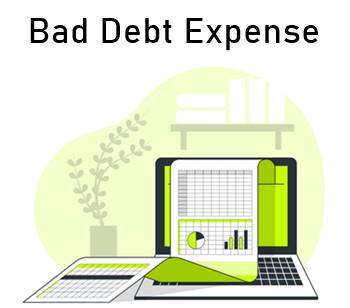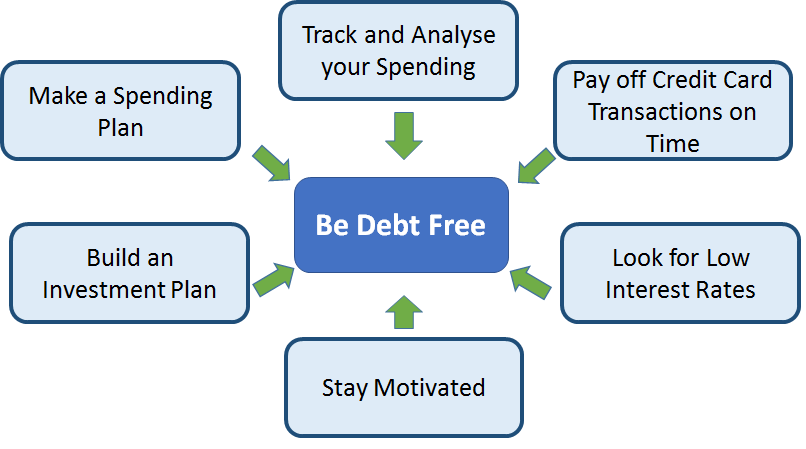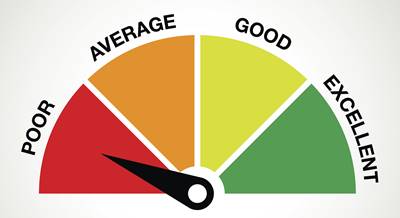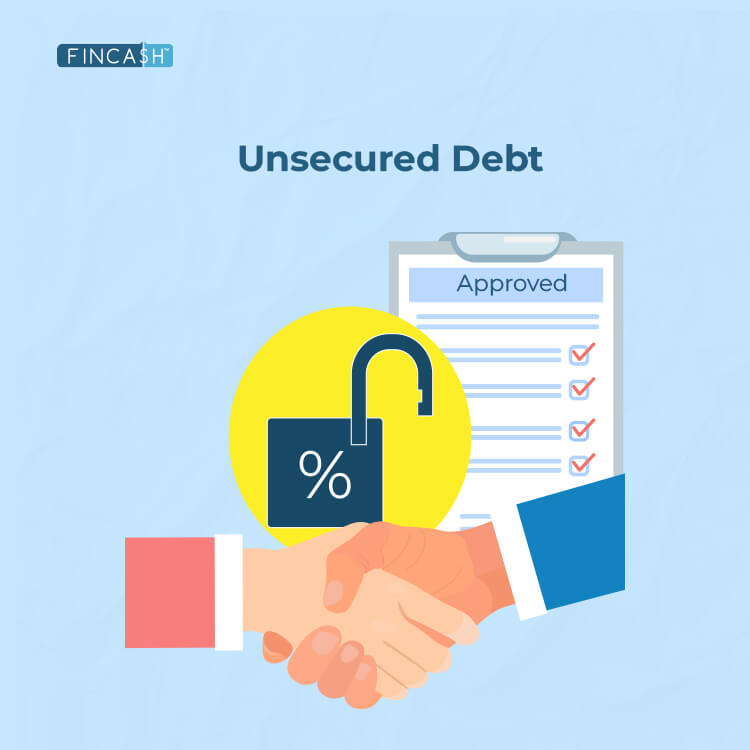
Table of Contents
Bad Debt
What is Bad Debt?
Bad debt in Accounting is an expense that a business incurs after the credit repayment is evaluated as uncollectible.
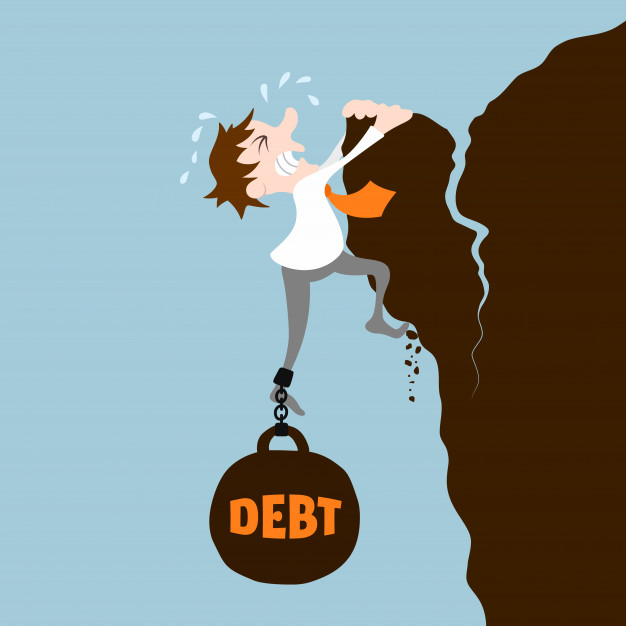
Considered as a possibility, bad debt should be accounted for by every business that extends credit to customers owing to the risk of payment not being received.
How to Record Bad Debts?
While recording the predictable bad debts, a debit entry is made for bad debt expenditure, and a counterbalancing credit entry is made to an opposite asset account, which is known as the allowance for doubtful accounts.
This allowance is presented on the Balance Sheet to display the amount assessed to be collectable. This allowance can be adjusted over the period of time on the Basis of balance available in the account.
Talk to our investment specialist
Methods to Evaluate Bad Debts
There are two methods that are used for estimating the amount of accounts receivable that remain uncollectible. Furthermore, bad debt expenditure can be evaluated with statistical modelling. This statistical calculation uses historical data from the entire Industry and the business.
Typically, with an increase in the receivable age, the percentage also increases, which displays an increase in the Default Risk and a decrease in collectability, which is known as the accounts receivable aging method. Alternatively, bad debt expenditure can also be evaluated by a net sales’ percentage, taken from the historical experience of the company with bad debt.
Accounts Receivable Aging Method
This method collects all of the outstanding accounts receivable by percentages and time period applied to every group. These groups’ aggregate result is the calculated uncollectible amount. For instance, suppose a company has Rs. 40,000 of accounts receivable that is outstanding for 30 days and Rs. 30,000 of accounts receivable that is outstanding for more than 30 days.
Depending upon the previous experience, 1% of accounts receivable for 30 days won’t be collectible, and 4% of accounts receivable for less than 30 days will not be collectable. This way, the company will be reporting Bad Debt Expense and allowance of (Rs. 40,000 * 1%) + (Rs. 30,000 * 4%).
Percentage of Sales Method
With sales method, a company can apply a Flat percentage to the total amount of sales for a certain period. For instance, on the basis of past experience, a company can anticipate 5% of net sales that is uncollectible. In case the total net sales for a specific period is Rs. 100,000; the company can establish an allowance for doubtful accounts for Rs. 3,000, while reporting the same amount in bad debt expenditure.
All efforts have been made to ensure the information provided here is accurate. However, no guarantees are made regarding correctness of data. Please verify with scheme information document before making any investment.
